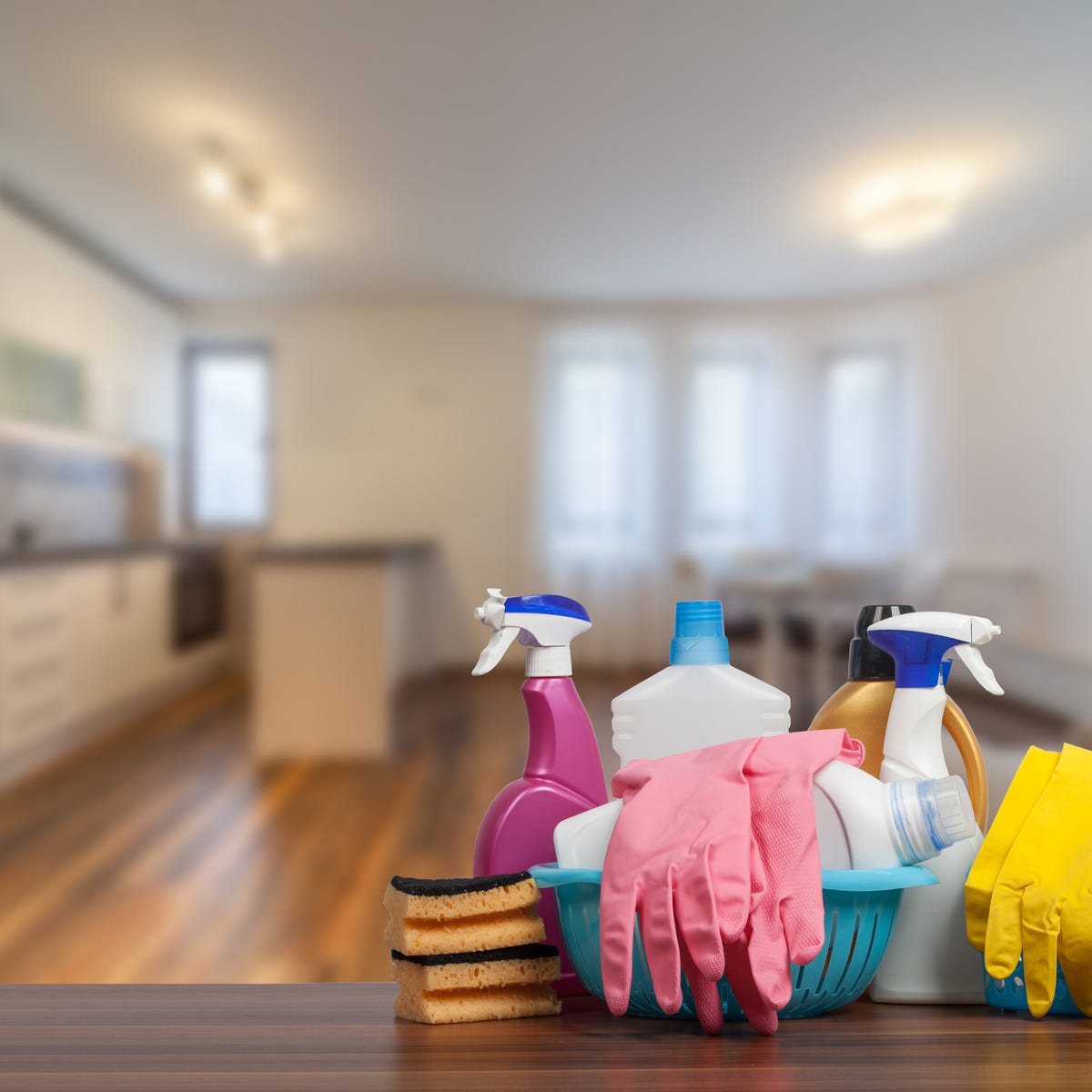The Very Best Everyday Cleaning Practices: Scrub the Surfaces, Vacuum Carpets, and Keep Clutter away
The Very Best Everyday Cleaning Practices: Scrub the Surfaces, Vacuum Carpets, and Keep Clutter away
Blog Article
Comprehending the Need for Completely Disinfecting and Sanitizing Often Touched Surfaces in High-Traffic Areas
In the world of public health and safety and security, the precise sanitation and sanitization of frequently touched surfaces in high-traffic locations stand as paramount procedures in preventing the spread of dangerous pathogens. The importance of this technique extends far past plain cleanliness, diving right into the world of illness avoidance and community wellness. By discovering the numerous facets of surface area disinfection, from the risks related to neglecting cleansing procedures to the effective techniques that can be used, a more clear understanding arises of the vital role these methods play in guarding public wellness. As we browse this conversation, it comes to be apparent that the ramifications of thorough surface disinfection reverberate not only within the confines of a certain setting yet additionally reverberate on a more comprehensive range, influencing the health and wellness of individuals across diverse communal setups.
Significance of Surface Sanitation
Stressing the comprehensive disinfection of high-traffic surface areas is vital in preserving a hygienic environment and protecting against the spread of harmful virus. High-touch surface areas such as door takes care of, light buttons, lift switches, and counter tops offer as breeding grounds for viruses and germs. Regular sanitation of these surfaces is vital to reduce the danger of contamination and transmission of diseases.
By implementing a robust disinfection procedure, establishments and businesses can develop a safer atmosphere for site visitors, employees, and clients. Correct surface area disinfection not only minimizes the spread of contagious conditions but also imparts self-confidence in the cleanliness and security of the facilities. This aggressive approach demonstrates a dedication to wellness and health, which is particularly essential in high-traffic areas where the probability of direct exposure to pathogens is heightened.
Additionally, surface area sanitation plays an important duty in total infection control strategies. Combined with hand hygiene methods, putting on masks, and maintaining physical distancing, detailed sanitation of high-touch surface areas develops an extensive protection versus the transmission of hazardous microorganisms. Prioritizing surface disinfection is a necessary component of a holistic technique to health and wellness in shared areas.
Risks of Neglecting Cleaning Practices
Neglecting detailed sanitation of high-traffic surface areas dramatically enhances the danger of microbial and viral contamination, positioning a serious threat to the health and safety and security of people often visiting these areas. Failure to implement proper cleansing methods can result in the accumulation and spread of hazardous pathogens, consisting of viruses and germs, on often touched surfaces such as doorknobs, hand rails, elevator switches, and counter tops.

Moreover, ignoring the importance of thorough cleansing not only compromises the health of individuals yet likewise undermines initiatives to preserve a hygienic and tidy environment. It is crucial to identify the significance of correct disinfection methods in protecting against the spread of infections and securing public health.
Effective Sanitation Techniques
To preserve optimum tidiness and minimize the danger of contamination on high-traffic surfaces, utilizing reliable sanitation approaches is vital. Among the browse this site most common and effective sanitation methods is utilizing chemical disinfectants. These products can differ in toughness and composition, with some targeting specific virus like infections or germs. It is important to adhere to the manufacturer's guidelines for correct dilution, contact time, and ventilation when utilizing chemical disinfectants to guarantee their effectiveness - defrosted and cleaned every few months.
One more efficient technique is making use of UV-C light. UV-C light has actually been revealed to be reliable in eliminating a vast array of microorganisms by disrupting their DNA structure, thus preventing them from duplicating. It is essential to use UV-C light properly, ensuring that the correct strength and direct exposure time are used to accomplish the desired disinfection outcomes.
Furthermore, employing vapor cleansing as a disinfection approach can be highly effective, specifically on surfaces that are heat-resistant. Vapor can permeate porous surface areas and kill microorganisms, viruses, and various other microorganisms properly. When utilizing steam cleansing, it is necessary to make certain that the surface gets to the needed temperature level for an adequate quantity of time to ensure correct disinfection.
Influence on Public Health
The upkeep of high standards of sanitation and disinfection on high-traffic surface areas plays a crucial function in safeguarding public health and wellness. Regularly touched surfaces in locations with high tramp, such as doorknobs, hand rails, elevator switches, and washroom centers, serve as reproducing grounds for hazardous microorganisms. Failing to sufficiently sanitize these surfaces can lead to the quick spread of infectious illness within areas. By applying complete sanitation protocols, the danger of transmission of infections, germs, and other germs can be considerably reduced.
In high-traffic areas like airports, colleges, medical facilities, and public transport systems, the influence of extensive disinfection actions can not be underrated. Prioritizing the sanitization of frequently touched surface areas is a proactive approach to advertising public health and boosting the security of individuals in common areas.
Implementing Routine Cleaning Methods
Quickly setting up and adhering to a consistent routine of cleaning procedures is paramount for keeping the tidiness and safety and security of high-traffic surfaces. Normal cleaning methods are vital in preventing the build-up of germs and microorganisms on often touched surfaces, specifically in areas with high foot web traffic. By executing a methodical technique to cleansing, organizations can properly reduce the threat of illness transmission and develop a healthier setting for staff members, customers, and the public.
To develop a Discover More reliable cleansing timetable, it is important to recognize high-traffic areas that require regular focus. These locations may include doorknobs, handrails, lift buttons, washroom centers, and common devices. Applying a regular cleaning regimen that targets these surfaces several times a day can dramatically reduce the spread of damaging microorganisms and infections.
Moreover, utilizing suitable cleaning agents and disinfectants is crucial to making certain that surface areas are extensively sanitized. Regular training of cleaning staff on discover here proper cleaning techniques and the significance of adherence to the cleaning schedule is also important in preserving a hygienic environment. By prioritizing consistent cleaning protocols, organizations can advertise the wellness and health of people that engage with these high-traffic surface areas.

Final Thought
In final thought, it is important to prioritize comprehensive disinfection and sanitization of regularly touched surface areas in high-traffic areas to avoid the spread of hazardous pathogens and keep public health and wellness. It is critical to identify the relevance of maintaining tidy surface areas in high-traffic areas to ensure the health of the neighborhood.
In the realm of public wellness and security, the meticulous sanitation and sanitization of often touched surface areas in high-traffic locations stand as paramount actions in stopping the spread of damaging pathogens. By checking out the various elements of surface sanitation, from the dangers associated with disregarding cleaning methods to the reliable methods that can be used, a clearer understanding arises of the vital function these practices play in guarding public health.In addition, employing vapor cleaning as a sanitation method can be extremely effective, particularly on surface areas that are heat-resistant. When utilizing vapor cleaning, it is vital to guarantee that the surface area reaches the called for temperature for an enough amount of time to ensure correct disinfection.
In final thought, it is crucial to prioritize complete sanitation and sanitization of regularly touched surfaces in high-traffic areas to stop the spread of unsafe pathogens and preserve public wellness.
Report this page